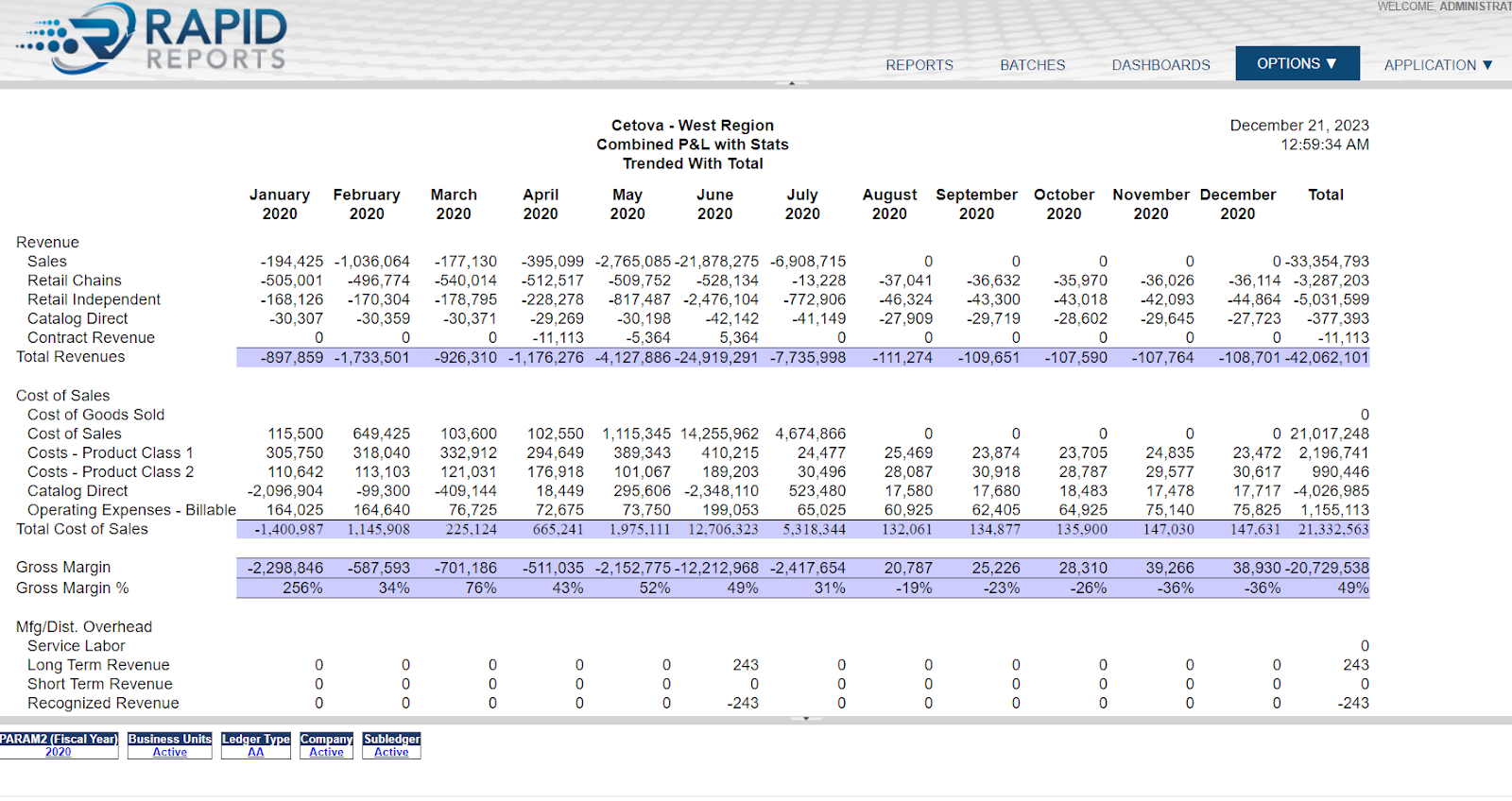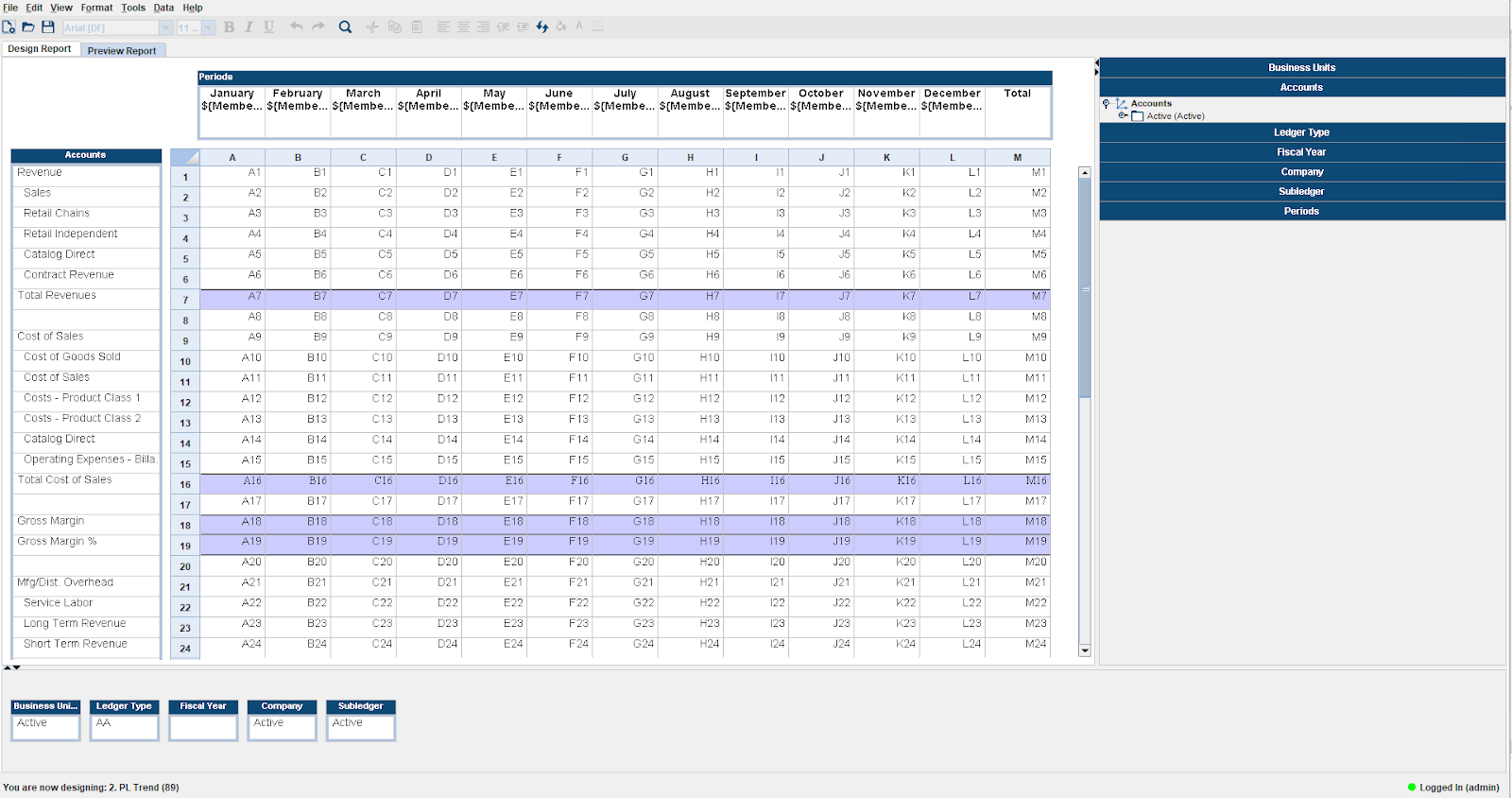JD Edwards Users Really Can Build Their Own Reports…With Cetova
There’s a lot of talk in the Oracle and JDE community about low code/no code when it comes to building apps or orchestrations. Making it possible for “citizen developers” to get what they need without calling in the developers or hiring outside tech consultants is a huge win, but what about having the ability to build reports as well?
The typical pathway for building reports looks like this:
- A user creates the business case by defining what type of information they are trying to bring together in the report
- A business analyst breaks down the data, business logic, and other requirements involved and specs what needs to be developed
- Developers build the report at the coding level
- The report goes to the business analyst for functional testing
- Finally, it goes to the user for acceptance testing
That five step process can take weeks or months to complete a single report. Business moves faster than the pace of custom development for reports, and most organizations can benefit from having better insight NOW. This is one reason we advocate for using the Cetova reporting suite.
Building Reports Should be MUCH Simpler
With specialized reporting software like Cetova, it’s easier to pull together a custom JDE report because the data, calculations, and presentation options are at the user’s fingertips.
What users need for effective report building are things like:
- Knowing what data fields are available
- Understanding what the fields represent
- Having a simple way to use business logic/calculations to manipulate the data
- A clean and easy way to display the data visually
- A simple way to share reports with other stakeholders
Here’s a look at an example of a finished report.

Here is a look at how the report was built in Cetova.

Does All This Work “Automagically” with Cetova?
Not quite, but close. For a reporting system to work properly, the data needs to be clean and properly structured. That means creating a workspace with structured metadata that describes how the data is organized within the ERP (or with any outside data set being pulled into the reporting platform). This is the one area where expert help can really make a difference.
After the initial setup and some quick training, users can create and customize countless reports from the same reporting system. No SQL knowledge is required to build reports in Cetova. This makes it truly no code for virtually all types of reports.
Features that end users and analysts enjoy include:
- Drag and drop user interface
- Excel like formulas to add, subtract, aggregate, etc.
- Simple formatting tools
- Preview feature to show what the report looks like populated
- The ability to drill down or back for more detail
- Integrated JDE security for protection of sensitive data
- Controls that ensure data accuracy and validity
Key Benefits of Investing in Cetova Reporting Technology
If you currently don’t have end users (or at least power users) building their own reports, there is ALWAYS an opportunity to improve efficiency. Reporting is about bringing the end user and the data they need for decision making closer together. Any time you can do that, you are going to create a more efficient process.
This includes the actual process of creating or personalizing the reports. Something is always lost in translation between the end users, the business analyst, and the development team. Cutting out the “middleman” saves time and helps users get what they really want, while freeing up developers to work on higher value tasks and projects. Building and running reports happens faster and with fewer data errors and misunderstandings.
Having the ability to directly utilize reporting functionality also empowers users to interrogate data and focus on analysis. When individuals are aware that they can independently obtain what they require without undergoing a time-consuming process that places a burden on others, they are more inclined to explore and experiment.
Ultimately, having a better way to do reporting means people get the information they need, when they need it. That makes every business run better.
Learn more about Cetova here.

